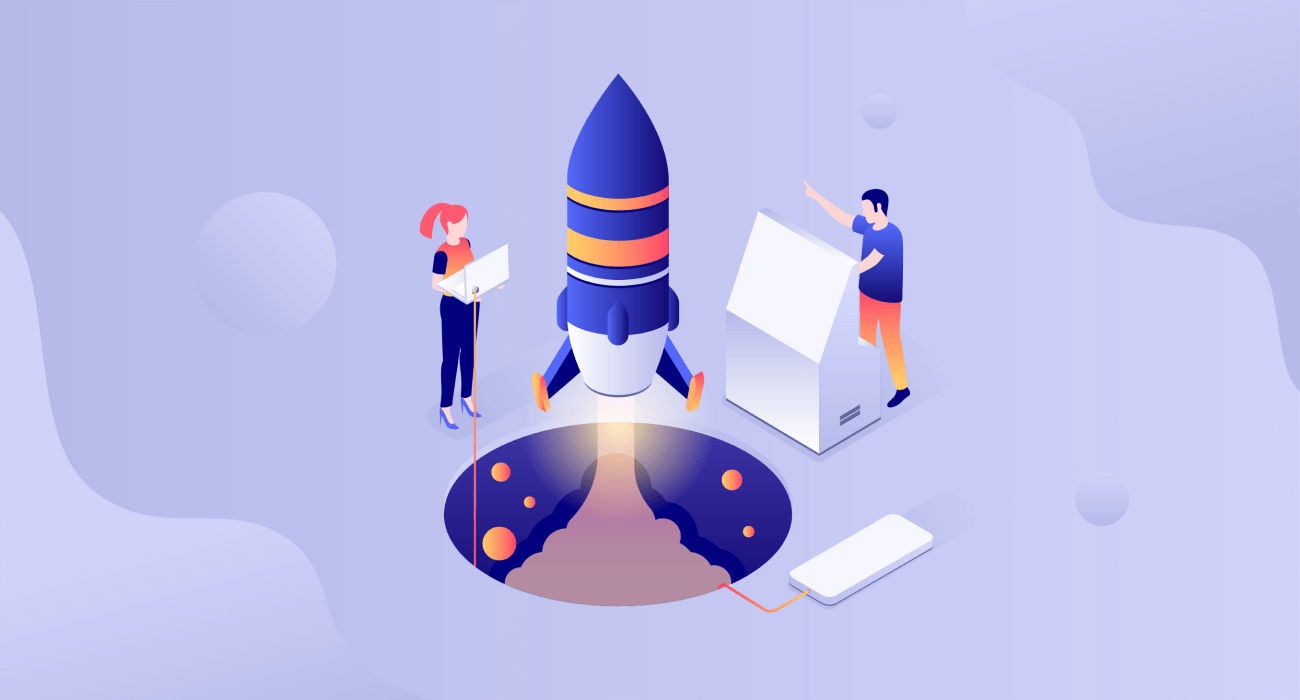Startups from nearly any sphere go through more or less the same development stages. The better you understand the peculiarities of each phase, the easier it is for you to assess your success and plan your progress. In this article, you’ll find brief descriptions of all stages that your startup needs to complete to become a sustainable and profitable business.
Idea Research
When choosing an idea for your startup, you should rely on two factors. The first is your background, knowledge and experience. The second is a problem that still has no solutions in the field that you chose. If you offer a solution to this problem, people will be glad to buy your product.
Market Research and Idea Validation
To assess the economic potential of your idea, you might want to carry out the following types of research.
- Focus groups. You invite your target audience to take part in surveys.
- PEST. This basic economic market research method will help you to analyze the political, economic, social, and technological aspects of the environment in which you’re planning to launch your product.
- SWOT. This approach enables you to detect your strengths and weaknesses, discover opportunities that have not yet been exploited in a certain market, identify potential threats and build a response strategy.
- Five Forces. It will allow you to identify similar products in your market, analyze your competitors and estimate your customers’ purchasing power.
The aim of applying all these methods is to understand whether your idea is worth investing money and effort in.
Idea Protection
To make sure that no one reuses your idea, consider patenting the technology behind your product. To protect your name, you might register a trademark.
Sign a non-disclosure agreement with a reliable vendor before the beginning of the first consultation.
After you launch your product, you can copyright it. You can’t do it earlier because MVPs, ideas and test versions aren’t eligible for copyright.
Intellectual property protection is especially important for businesses and products that lack strong government, financial or public support.
Team Building
More and more startup founders today rely on teams of remote freelancers. In this case, the biggest challenge will be to track your staff’s performance and fully control each startup stage. Plus, you’ll need to organize efficient communication.
It might be easier to coordinate the work of an in-house team. But not all startup founders are ready to register a company, rent an office and pay taxes.
The third way out is to outsource an experienced startup development service team. This should be the most productive and cost-efficient option. Such teams have all the necessary professionals on board and their workflows are well-established.
Business Plan Development
Set clear goals for yourself — for instance, get a certain revenue by the end of the year. Put down the insights that you’ve researched at the previous stages. Plan your first marketing activities and calculate how much they will cost. Estimate all the other expenses you might face and make an emergency fund. Review the market trends that you’ve researched and build a response strategy for each of them. Compile realistic forecasts for growth and scaling.
Get Funded
You should convince potential investors and business angels that your idea has great potential, is beneficial for society and can bring a good return on investment.
Write a whitepaper to describe the main idea of your business. Explain how you’re planning to solve the problems of your target audience. Try to forecast the demand for your product in precise figures. Describe your development process and plans for the future. Your business plan might serve as the foundation for your whitepaper.
Prepare an elevator pitch — that is, a concise but meaningful explanation of your business’ essence. Imagine that you bump into an angel investor into an elevator. You have one minute to tell them about your startup and encourage them to support you.
To show how your startup works visually, create a short demo or explanatory video. Show this video to investors after they glance through your whitepaper.
Start raising funds on IndieGoGo, Kickstarter and other crowdfunding platforms. Don’t limit yourself to just one platform!
Hire a Reliable Vendor
Opt for a vendor with the most impressive portfolio and try to meet its technical and marketing specialists in person. The most professional vendor teams are open to communication, offer competent suggestions and always take the client’s vision into account.
Create a Prototype
The prototype is the first step in bringing your product idea to life. You don’t develop the navigation and design yet but with their concepts. You come up with a user story mapping and list the core features of your future solution. Your goal is to strike an optimal balance between usability, design, and users’ expectations.
MVP Development
MVP is the most basic version of your product. You should invest minimum effort into building it but it should include all the main (not secondary!) features of your final product. You need an MVP to collect users’ responses about it, analyze this information and improve your offer.
Test and Launch
Once your product is ready, you should test, debug and launch it. Run your first marketing campaign and make sure you have a comprehensive marketing strategy for the next few months.
Initial Public Offering
The bigger your startup grows, the more attractive it becomes for investors. Use every opportunity to get more funds.
Scale
You might add new features to your product after carefully researching its user preferences. You might employ new marketing approaches or start exploring new markets. When scaling your business, you should stick to your business plan and stay flexible at the same time.
Final Thoughts
Hopefully, this information came in handy and now you better understand the essence of each development phase. To make sure your business takes off, you should never economize on research and testing in the initial stages. Analyze the feedback of your potential customers, try to allocate your resources reasonably and never stop improving your product.
Read Dive is a leading technology blog focusing on different domains like Blockchain, AI, Chatbot, Fintech, Health Tech, Software Development and Testing. For guest blogging, please feel free to contact at readdive@gmail.com.





